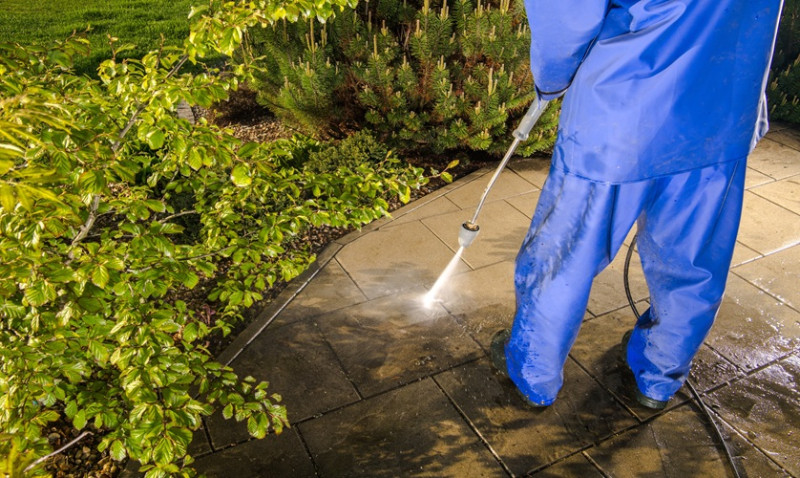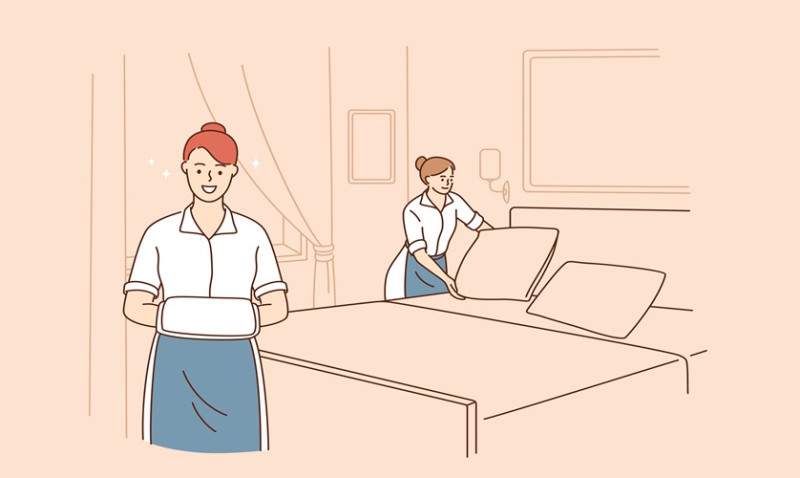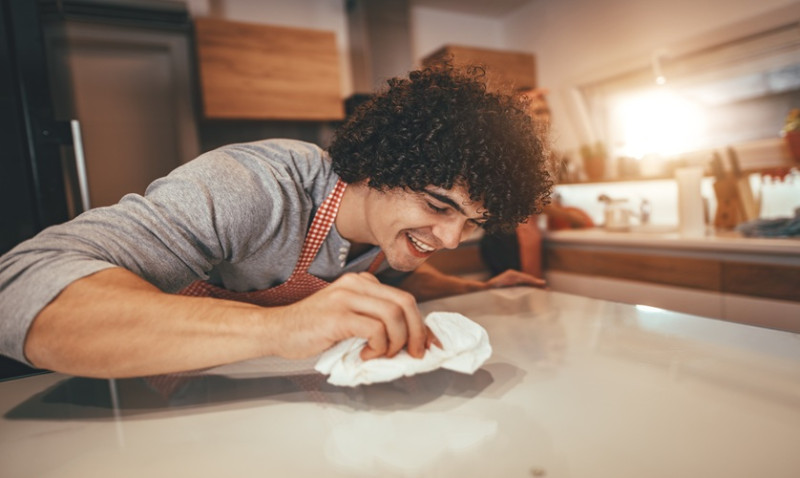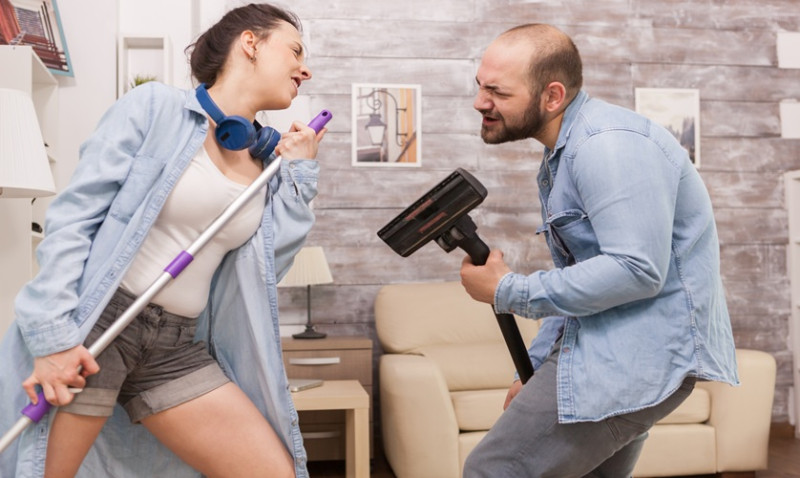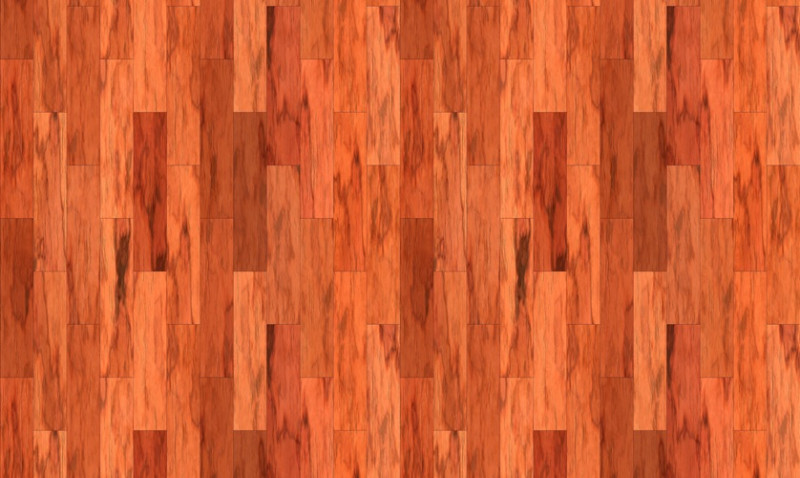
Hardwood floors are a timeless and elegant choice for any home or commercial space. But, as beautiful as they are, they can be vulnerable to damage—especially when pets are part of the family. Whether it's an enthusiastic puppy still being potty-trained or an older pet with occasional accidents, pet stains on hardwood flooring are a common concern for homeowners, interior designers, and tradespeople alike. But don't worry—we’re here to guide you through the problem and, more importantly, the solution.
In this post, we’ll delve into how pet stains impact hardwood floors, what makes them different from other stains, and the professional methods we use to restore floors to their original beauty. Whether you’re a DIY enthusiast wanting to attempt repairs yourself or a professional seeking insight into trusted techniques, we’ve got you covered.
Understanding Pet Stains on Hardwood Floors
Unlike surface spills, pet urine can seep through the cracks and grain of your hardwood flooring, penetrating deep into the timber. This can cause a host of problems—discolouration, odour, raised or warped boards and even long-term rot if left untreated. Many homeowners first notice dark, blotchy stains or pungent smells, often well after the initial accident.
Urine includes uric acid crystals, which are especially tough to remove and are often the root cause of persistent odour. Even with standard cleaning, these crystals can remain embedded within the wood fibres, reacting with humidity or dampness to re-emit smells over time.
Different hardwoods respond differently to stains. Oak, widely used across UK homes, can develop black rings due to the interaction between the tannins in the wood and the ammonia in the urine. For engineered wood floors, pet stains can compromise the thin top veneer layer, making repair options more limited.
It’s also important to note that even sealed or finished floors are not immune—if the finish has worn thin due to foot traffic or poor maintenance, pet urine can easily break through to the wood underneath.
Our Proven Method for Fixing Pet Stains on Hardwood Floors
So, what’s the solution? While pet stain removal requires a delicate balance of chemistry and craftsmanship, our 5-step professional process ensures effective and long-lasting results for your flooring investment.
Step 1: Assessment and Identification
We begin by assessing the stain and the type of wood. Light discolouration and faint odours typically suggest surface-level damage, while darker marks and warping may indicate deep-set issues. We also determine whether the flooring is solid wood, engineered, or laminate—each requires a tailored approach. Taking time for proper identification ensures we choose the safest and most effective treatment plan.
Step 2: Surface Cleaning and Deodorising
Our next step is to clean and deodorise the area using enzyme-based cleaners designed to break down uric acid crystals. These products are essential as they work on a molecular level, far more effective than traditional household cleaners. We allow proper dwell time—critical for enzyme activity—before wiping and extracting the solution.
Step 3: Sanding the Affected Area
If the stain persists or has penetrated beneath the surface, we sand the area to remove the top layer of damaged wood. Sanding allows us to reach deeper into the grain, removing both visual blemishes and hidden odours. We feather the sanding to blend seamlessly into surrounding floorboards, ensuring a uniform appearance once refinished.
Step 4: Neutralising Tannic Reaction
For woods like oak where ammonia triggers dark chemical reactions, we apply an oxalic acid solution to neutralise the stain. This natural compound safely lifts black marks from the grain while preserving the structural integrity of the board. Once applied and allowed to dry, we gently sand again to achieve a smooth working surface.
Step 5: Restaining and Refinishing
The final step is to restain and refinish the affected area to match the existing floor. We test several colour samples to closely match the original tone, blending the repair seamlessly. Finally, we seal the floor with a durable, pet-friendly finish such as a high-quality polyurethane or hardwax oil to protect against future damage and make cleaning easier.
When Replacement is Necessary
In severe cases—especially with engineered flooring or multiple layers of deep damage—we may recommend replacing individual boards. We carefully remove the damaged section, treat the subfloor as needed, and install matching boards for a flawless restoration. Our strong relationships with UK hardwood suppliers ensure we can source close or identical timber in finish and species.
This option often applies where pet stains have reached subfloor materials like plywood or chipboard. In such instances, odour might persist even after superficial treatments. Our team can lift affected zones, treat the base structure, and reassemble your floor with confidence that the stain—and any lingering smell—is gone for good.
Preventing Future Stains
Prevention can go a long way in extending the lifespan and appearance of your hardwood floors. Here are a few tips we recommend to our clients:
- Use high-quality, water-resistant floor finishes to add a protective layer against spills and accidents.
- Clean accidents immediately with an enzyme-based cleaner—even if you don’t see a stain yet.
- Place washable rugs near your pet’s favourite spots or where accidents are more likely to happen.
- Trim your pet’s nails to reduce scratches that can break the sealant layer, making floors more vulnerable to liquid.
- Schedule regular floor maintenance to check finish integrity and reseal areas showing wear.
Consider sealing the gaps between floorboards or using wax-based sealants designed to penetrate joints. This small step is especially effective for older, restored floors where gapping is more common.
DIY or Call a Professional?
While there are DIY solutions for surface stains, deeper pet stains require professional tools and techniques for proper removal. DIYers may have success with sanding and oxalic acid for minor area repairs, but blending finishes and preventing over-sanding takes finesse.
If you’re in doubt or dealing with a large or visible area—particularly in period properties or designer interiors—it’s worth calling in the professionals. Our experienced team handles restoration projects all across the UK, providing not just repairs but peace of mind. From Georgian townhouses in Bath to modern builds in Manchester, we’ve preserved hardwood floors in countless homes and design-led spaces.
Conclusion: Save Your Floors, Save Your Style
Pet stains can be a source of frustration, especially when they tarnish the character and look of your beautiful hardwood flooring. But with the right approach—professional expertise, smart cleaning, and preventative care—you can restore your floors to their former elegance without replacing your entire surface.
Whether you're a DIYer tackling weekend home projects, an architect specifying restoration solutions, or a homeowner hiring a professional flooring team—understanding the science behind pet stains gives you the upper hand.
Need help fixing pet stains on your hardwood floors? Contact us today for a free consultation. We offer professional floor restoration services across the UK and specialise in bringing even the most worn wood flooring back to life.
Your floors deserve a second chance. Let’s give it to them.

